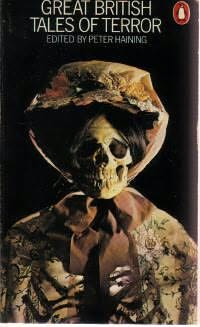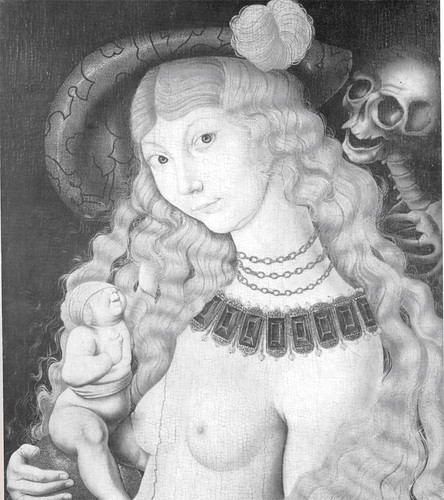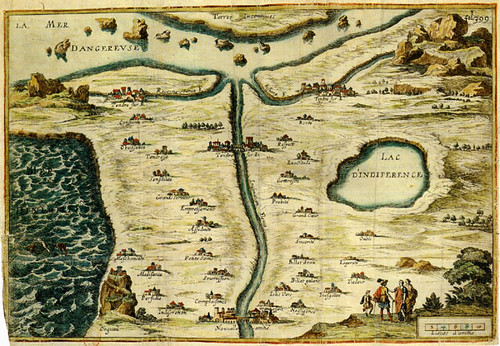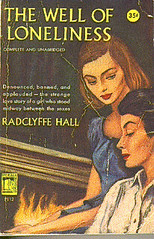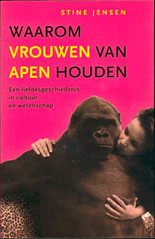The Crimes Of Love (1800) – Marquis De Sade [Amazon.com] [FR] [DE] [UK]
Reflections on the Novel (French: Une Idée sur les romans) is an essay by Sade first published in 1799 in Les Crimes de l’amour. Its preface features a history of the novel and Sade’s theories on the ‘modern novel‘:
- “The modern novel is born with Richardson, Fielding, Rousseau and Prévost. It then procedes to the The Monk and Ann Radcliffe“
Sade goes on to note that “It is Richardson and Fielding who have taught us that only the profound study of the heart of man . . . can inspire the novelist.” And goes on: “If after twelve or fifteen volumes [of Clarissa] the immortal Richardson had virtuously ended by converting Lovelace and having him peacefully marry Clarissa, would you . . . have shed the delicious tears which it won from every feeling reader?”
The essay exists in translations by Geoffrey Gorer and David Coward.
I have been looking for a public domain English translation of this text. Can anyone point me in the direction of the first English language translation?
Update: Wolf’s Hollow: The Marquis de Sade in English.
Lowell Blair seems to be have been the first English translator of Crimes of Love. No mention is made if he also translated the prefatory essay I mention.


